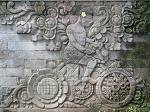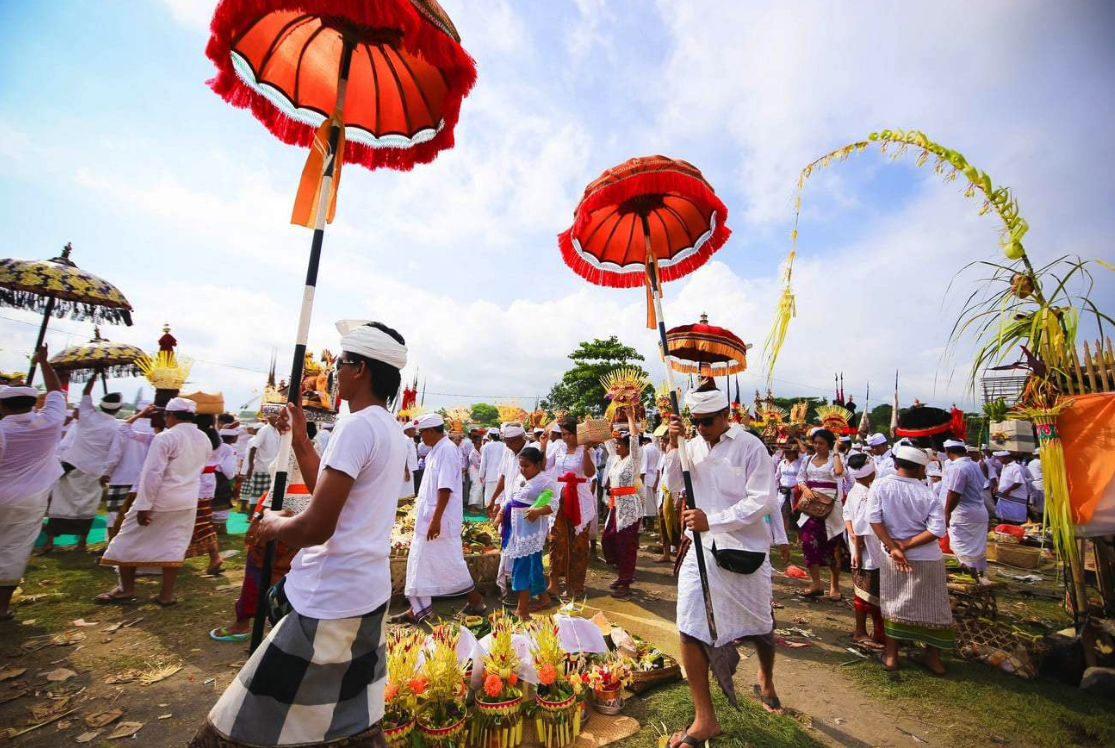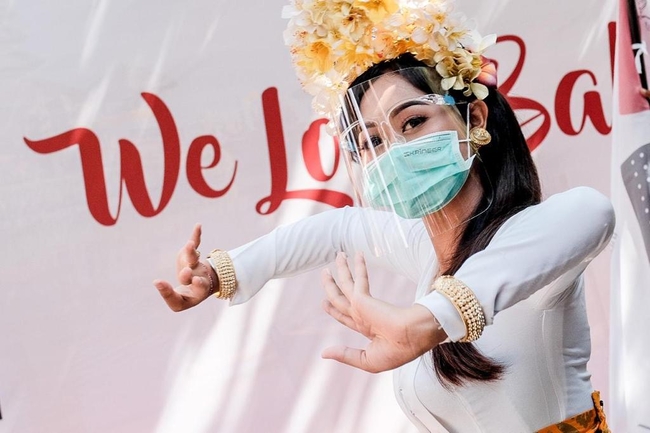Stone Carving
 Stone carvings are mainly used to decorate temples and palaces. There is little difference between the iconography decorating temples (pura) and that of private buildings. Gateways represent the dividing line between the inner and outer worlds and, as such, are the recipients of some of the most fantastic carvings.
Stone carvings are mainly used to decorate temples and palaces. There is little difference between the iconography decorating temples (pura) and that of private buildings. Gateways represent the dividing line between the inner and outer worlds and, as such, are the recipients of some of the most fantastic carvings.
As well as portraying deities and demons, carvers include many scenes from public life, and there are many temple surfaces enriched with the antics of the Dutch colonists; scenes of bicycles, drunken parties, car breakdowns, and airplanes can be found. Bali’s modern-day centre of stone carving is the village of Batubulan, situated halfway between the cities of Denpasar and Ubud. Although you can see excellent examples of Balinese stone carving all over the island, the temples in the North tend to be much more creative. If you plan to tour northern Bali, it is worth taking the time to visit Pura Meduwe Karang in Kubutambahan, Pura Dalem in Jagaraja, and Pura Beji near Singaraja. In order to see the work of Bali’s most famous stone-carver, I Gusti Nyoman Lempad, visit Pura Sagen Agung in Ubud.
Wood Carving
Wood carving, like stone carving, has traditionally featured largely in temple and palace architecture with little free standing ‘sculpture’ work produced commercially. Immaculately carved demons and mythical beings decorate pillars, door panels, and window shutters with the aim of protecting the buildings from evil intruders. Scenes of legendary figures placed within floral décor are also found and reflect a more pleasant and educational tone. With the arrival of European influences, wood carving started to develop along more innovative and commercial lines. Although there have been noteworthy carvers, artistic integrity has suffered as a result of the commercial boom in the tourism industry. These days whole villages specialize in producing certain styles of work. The village of Mas, for example, is probably best known for its carvings of female figures, characters from Hindu epics, and traditional masks.














